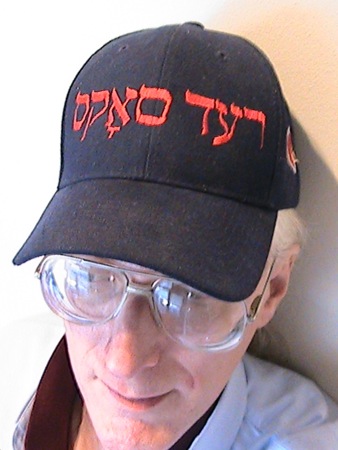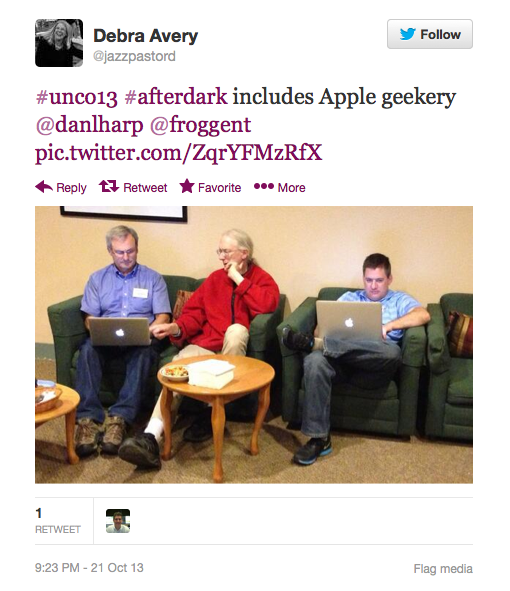Reflection delivered by Samuel Erickson at the Unitarian Universalist Church of Palo Alto, Calif., 13 October 2013
As a member of the male gender, and a United States citizen, when I turn 18 I am required to register for the draft. When I do so, I plan on registering as a conscientious objector. For those who might be unclear about what that means, and certainly what it means for me specifically, being a conscientious objector means that I, as a conscious and thought out decision, believe that military force, in fact force at all, should not be used. In the end force does not solve whatever problem it is aimed at. Were I to get conscientious objector status, I would not be conscripted to fight and kill but rather would be assigned to other tasks that would not contribute to the killing of others.
The first question you may have is why? Why, when a draft is so unlikely? Why devote my time to something that in the end has little to no actual significance at a time when my schedule is crammed with so many things — college applications, music, sports, classes, and even the occasional bit of social life. What makes it worth it?
In the end this is not about time in my schedule, it is not just another thing in a long list of things, it is the right thing to do for who I am, and therefore I must do it. Following my own moral ideology, and indeed even being able to say I have a moral ideology, is not about following the way that is easy, but that if I don’t say and recognize what I believe I simply wouldn’t be me. For the person who I am it is the logical step, and therefore the one I take.
So where does that belief come from? Where? Where, when the anti-military movement was at its peak during Vietnam two decades before I was even born, when most of the organizations that assisted conscientious objectors have shut down due to lack of interest, where does it come from? First and foremost, my beliefs come from my family, and then from my community, namely this church.
My parents — most vocally my dad — have always, when commenting on the news and talking to me, discussed issues through the lens of nonviolence: wars don’t solve problems, they create them. Always take the nonviolent approach, talk about problems rather that react to them physically.
As for this Unitarian Universalist church, I know we do not specifically teach pacifism, but I believe what we do value directs itself to such. This church, I think we can agree, highly values basic humanism. We should help and assist those in need, provide essential services to those who cannot afford them or get them themselves. Those ideas generally clash with the feeling that there are people in the world who need to die.
Along with my other influences, I believe my mindset perpetuates such a mentality. I would like to think that I live my life with a little more logic than those some of those around me. That logic supports to the argument that indeed force is no longer needed to compel countries and individuals to act in a certain way.
Pacifism, for me, and indeed for the world we live in, does not, and should not, mean that you are incapable of ever thinking a violent thought, that you should never play really any video game ever, or even that you can’t once in a while recognize that it would feel really good to punch that really irritating person in the face.
No, pacifism is when we stop and think about any situation, you and I realize that violence will never accomplish anything, death will not solve problems. When we extrapolate our actions from there and to the rest of our lives, that is what means to be a conscientious objector.
———
Copyright (c) 2013 Samuel Erickson. Used by permission. If you would like to reproduce this reflection elsewhere, I’d be happy to pass your request on to Sam.
Samuel Erickson is a member of the Unitarian Universalist Church of Palo Alto, and is on the Board of Trustees. He is a senior in high school.





